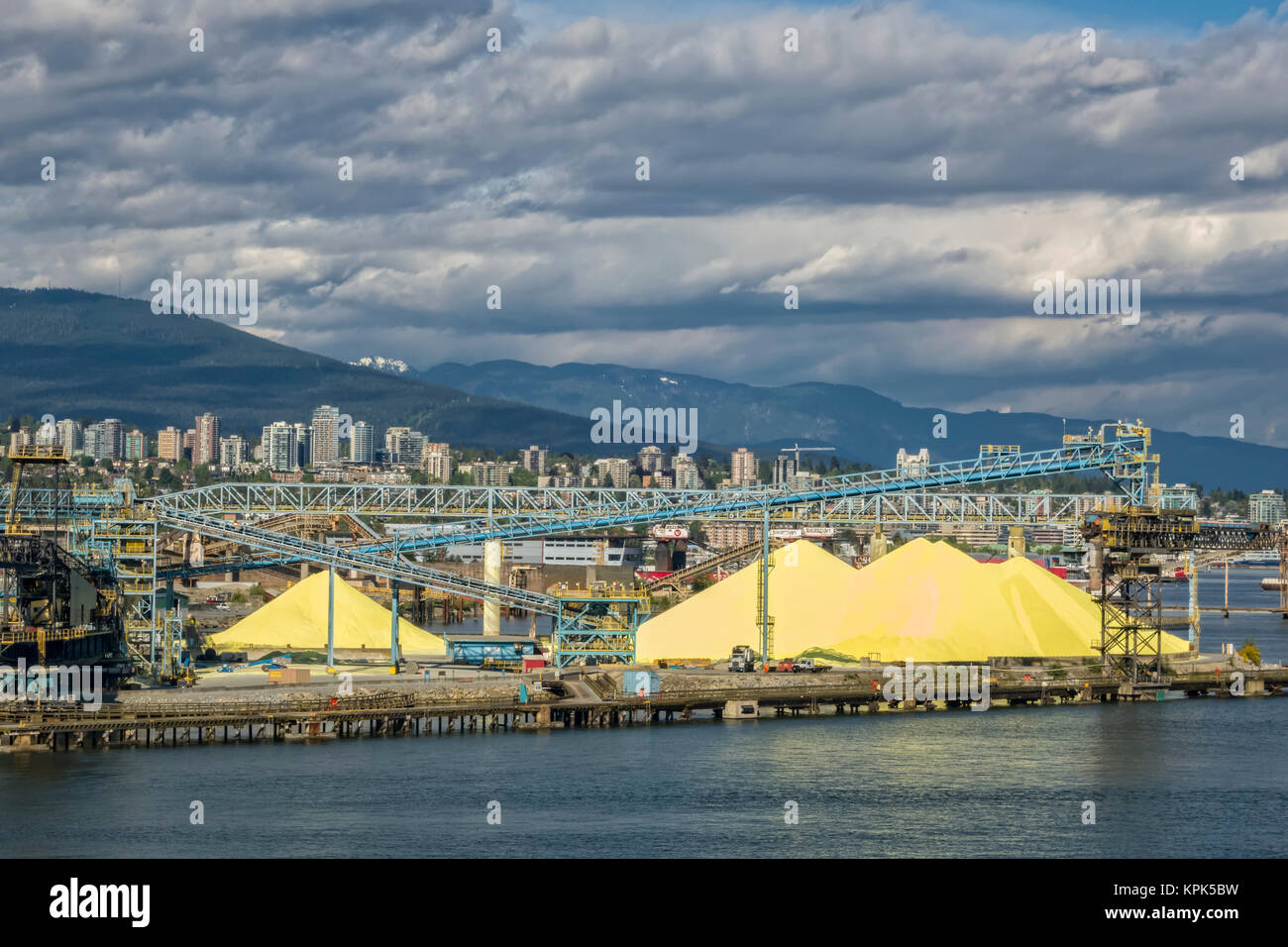- Reaction score
- 8,305
- Points
- 1,160
D&B: You're right!

 www.army.ca
www.army.ca

 www.army.ca
www.army.ca

 www.army.ca
www.army.ca
But.
Nudder idea.
Subsidize Inventory.
The short form is that manufacturer's of militarily useful kit should be subsidized to maintain minimum stock levels in inventory.
Canada to cover the costs of storing, maintaining and securing inventory of militarily useful equipment. The manufacturer is permitted to sell from inventory on the understanding that the minimum inventory level is maintained and the remaining inventory is maintained at "NTM" in regional warehouses.
Minimum maintenance level to be established as DND's estimated surge requirement to cover emergencies.
DND guarantees a constant usage rate permitting the manufacturer to maintain an economical Low Rate of Production.
Broken and Worn kit to be replaced immediately from inventory and disposed of.
Disposition could also include return to manufacturer for refurbishment and return to inventory if valid.
Big benefit to industry - Inventory. Low lead times sell fast.
Benefit to DND - Inventory. Goods on hand.
This is a variant of the WalMart consignment strategy. WalMart doesn't own the stock. It sells the stock for others.
Applicability?
GDLS - ACSV TCVs for inventory
Prevost - MSVS-SMP for inventory
GM - Milverados and Infantry Squad Carriers
Chrysler? - Jeeps?
Ford? - Broncos?
Argo?
Rheinmetal?
Bell - Griffons? Or Venoms? Or even Valors?
Viking - Twin Otters?
Bombardier - Challengers? BRP Products?
Harris - Radios?
L3 - EO stuff?
How about even F35s from Lockmart? MPV hulls from Seaspan? CSC hulls from ISY? Hercs? Chinooks? A400Ms?
Ammo from GD-OTS in Montreal?
Canada gets a steadily refreshed capital and consumable fleet. The vendors get a sellable asset, inventory and a steady income from the wear and tear resulting from training.
Thoughts?
Edit - further extrapolation
With respect to new, exploratory, kit the government agrees to buy one or two models for inventory and experimentation. If acceptable government orders more. If unsuccessful the trials units are returned to inventory for improvement or disposal by the vendor.

Informing the Army’s Future Structure
Excuse my ignorance, but is there an actual Force 2025 doc that I can get my hands on, or is it a concept wrapped within Army Future Force models I understand there is something like that on restricted circulation in the internal net. I don't know if there is anything available to the...
 www.army.ca
www.army.ca
'Nudder thought.
How do you keep the inventory in the warehouse fresh. Turnover.
You exploit the National Defence Act
This will also keep the production lines in Canadian factories open. 8x8 trucks from Quebec. Utility ACSVs from London. etc.
Sell or donate a portion of the inventory to Global Affairs for international donations, to the provinces, to municipalities, NGOs, Crown Surplus for sale of secure items to the general public.
That office already exists somewhere in your structure. The poor buggers just have nothing to sell except beaten and abused crap.

Informing the Army’s Future Structure
Excuse my ignorance, but is there an actual Force 2025 doc that I can get my hands on, or is it a concept wrapped within Army Future Force models I understand there is something like that on restricted circulation in the internal net. I don't know if there is anything available to the...
 www.army.ca
www.army.ca
So.
In summary.
Buy lots of utilitarian support stuff from Canadian suppliers.
Park it in Canadian warehouses scattered across Canada
Establish a sales plan to keep turning the inventory.
Make the inventory available to qualified personnel for domestic crisis management.
Establish the Militia as the key to warehouse and the source of qualifications for volunteers
In exchange to access to this federal largesse the volunteers of the Militia agree to supply a supplement to the Regular Force and also to provide a Reserve in time of Federally declared emergency.
The Regs get a reserve force, augmentation, access to a solid logistical base, freedom from domestic crisis concerns, while gaining kudos and creating an employment situation more likely to attract those that would rather serve locally in a field ambulance than in a rifle platoon in Afghanistan. A situation more likely to attract the service volunteers and the local women of Canada. And the Army gets political credit and budget relief and freedom to concentrate on developing its Expeditionary Force - with the kit immediately available in warehouses all across Canada.
And coming soon to a Theatre near you - Obelix - your floating warehouse and show room.

Informing the Army’s Future Structure
Excuse my ignorance, but is there an actual Force 2025 doc that I can get my hands on, or is it a concept wrapped within Army Future Force models I understand there is something like that on restricted circulation in the internal net. I don't know if there is anything available to the...
 www.army.ca
www.army.ca
We can get all of that stuff already on contract, I think, without having to incur the overhead commitment. D&B
But.
Nudder idea.
Subsidize Inventory.
The short form is that manufacturer's of militarily useful kit should be subsidized to maintain minimum stock levels in inventory.
Canada to cover the costs of storing, maintaining and securing inventory of militarily useful equipment. The manufacturer is permitted to sell from inventory on the understanding that the minimum inventory level is maintained and the remaining inventory is maintained at "NTM" in regional warehouses.
Minimum maintenance level to be established as DND's estimated surge requirement to cover emergencies.
DND guarantees a constant usage rate permitting the manufacturer to maintain an economical Low Rate of Production.
Broken and Worn kit to be replaced immediately from inventory and disposed of.
Disposition could also include return to manufacturer for refurbishment and return to inventory if valid.
Big benefit to industry - Inventory. Low lead times sell fast.
Benefit to DND - Inventory. Goods on hand.
This is a variant of the WalMart consignment strategy. WalMart doesn't own the stock. It sells the stock for others.
Applicability?
GDLS - ACSV TCVs for inventory
Prevost - MSVS-SMP for inventory
GM - Milverados and Infantry Squad Carriers
Chrysler? - Jeeps?
Ford? - Broncos?
Argo?
Rheinmetal?
Bell - Griffons? Or Venoms? Or even Valors?
Viking - Twin Otters?
Bombardier - Challengers? BRP Products?
Harris - Radios?
L3 - EO stuff?
How about even F35s from Lockmart? MPV hulls from Seaspan? CSC hulls from ISY? Hercs? Chinooks? A400Ms?
Ammo from GD-OTS in Montreal?
Canada gets a steadily refreshed capital and consumable fleet. The vendors get a sellable asset, inventory and a steady income from the wear and tear resulting from training.
Thoughts?
Edit - further extrapolation
With respect to new, exploratory, kit the government agrees to buy one or two models for inventory and experimentation. If acceptable government orders more. If unsuccessful the trials units are returned to inventory for improvement or disposal by the vendor.











